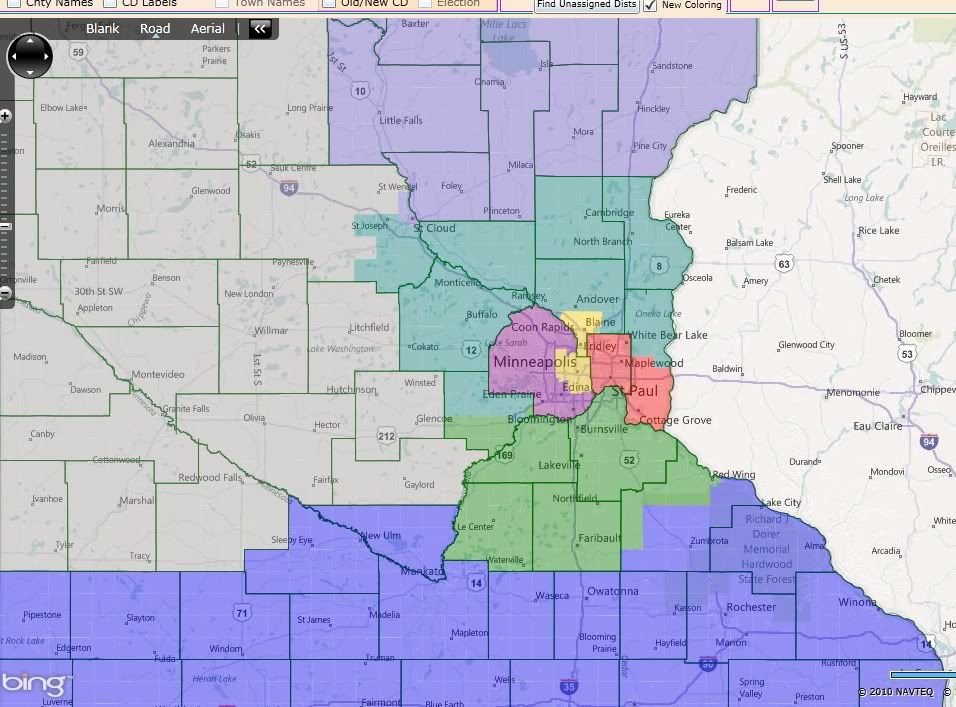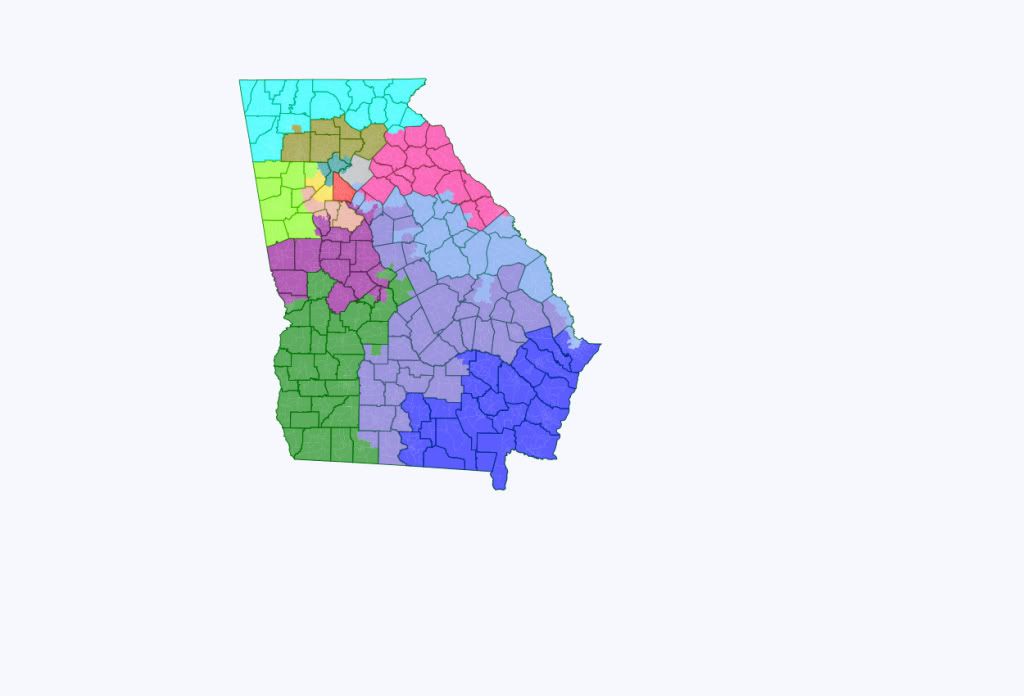
Public Policy Polling for Daily Kos & SEIU (3/17-20, Democratic primary voters, no trendlines):
Chris Murphy (D): 40
Susan Bysiewicz (D): 38
Undecided: 21
(MoE: ±4.9%)
Fifth CD Rep. Chris Murphy holds a narrow lead over former Secretary of State Susan Bysiewicz in the Democratic primary-which won’t be held for more than a year, and which could feature additional candidates (a few other people are poking their noses around the race). Murphy has a nine-point lead with men, but Bysiewicz’s advantage with women is just three points. She does win African Americans by a large margin, but they only make up 11% of the primary electorate in our sample. The biggest difference between the candidates is in their favorables: Murphy scores an impressive 51-14 among Democrats, while Bysiewicz is at 45-27.
Even though no Republicans have officially declared their candidacies yet, we tested the general election (registered voters) as well:
Susan Bysiewicz (D): 44
Mark Boughton (R): 34
Undecided: 22Chris Murphy (D): 52
Mark Boughton (R): 29
Undecided: 19Susan Bysiewicz (D): 45
Michael Fedele (R): 35
Undecided: 20Chris Murphy (D): 51
Michael Fedele (R): 29
Undecided: 20Susan Bysiewicz (D): 45
Scott Frantz (R): 30
Undecided: 24Chris Murphy (D): 51
Scott Frantz (R): 27
Undecided: 22Susan Bysiewicz (D): 50
Linda McMahon (R): 39
Undecided: 12Chris Murphy (D): 54
Linda McMahon (R): 38
Undecided: 9Susan Bysiewicz (D): 42
Rob Simmons (R): 39
Undecided: 19Chris Murphy (D): 49
Rob Simmons (R): 34
Undecided: 18
(MoE: ±3.4%)
If I were Susan Bysiewicz, I’d be pretty pleased with these numbers-even the most popular Republicans can’t crawl their way into the 40s. But if I were Chris Murphy, I’d be even more stoked, and it’s not hard to see why: He crushes the nobodies by twenty-plus-point margins, bodyslams Linda McMahon by sixteen and hold even the semi-popular Rob Simmons to a fifteen point spread. Again, the difference lies in the favorables: Statewide, all voters like Murphy by a 40-27 spread. Bysiewicz, on the other hand, is under water at 31-41. It’s a testament to how weak Republicans are in Connecticut that they do so poorly against her, with only Simmons making the race even appear to be competitive.
And that’s just the nature of the state. Barack Obama’s job approval here is a healthy 55-39, while freshman Democratic Sen. Richard Blumenthal is at 53-32. New Dem Gov. Dan Malloy doesn’t fare as well, but his 39-47 rating is almost certainly due to the fact that he’s actually trying to pass a responsible budget. You’ll also be pleased to know that Joe Lieberman (if you still remember who he is) has sunk all the way to a 29-58 job approval score, and he’s negative with Democrats, independents, and Republicans (in order of descending disgust).
I’m an avowed Chris Murphy partisan, but I’m a Democrat first and always, and I’m just glad to see that the Republicans will have an incredibly hard time making this race competitive. 2010 was their high-water mark, and even then, despite Linda McMahon’s zillions, they still lost by twelve points. It’s difficult to imagine them doing better in 2012.






















